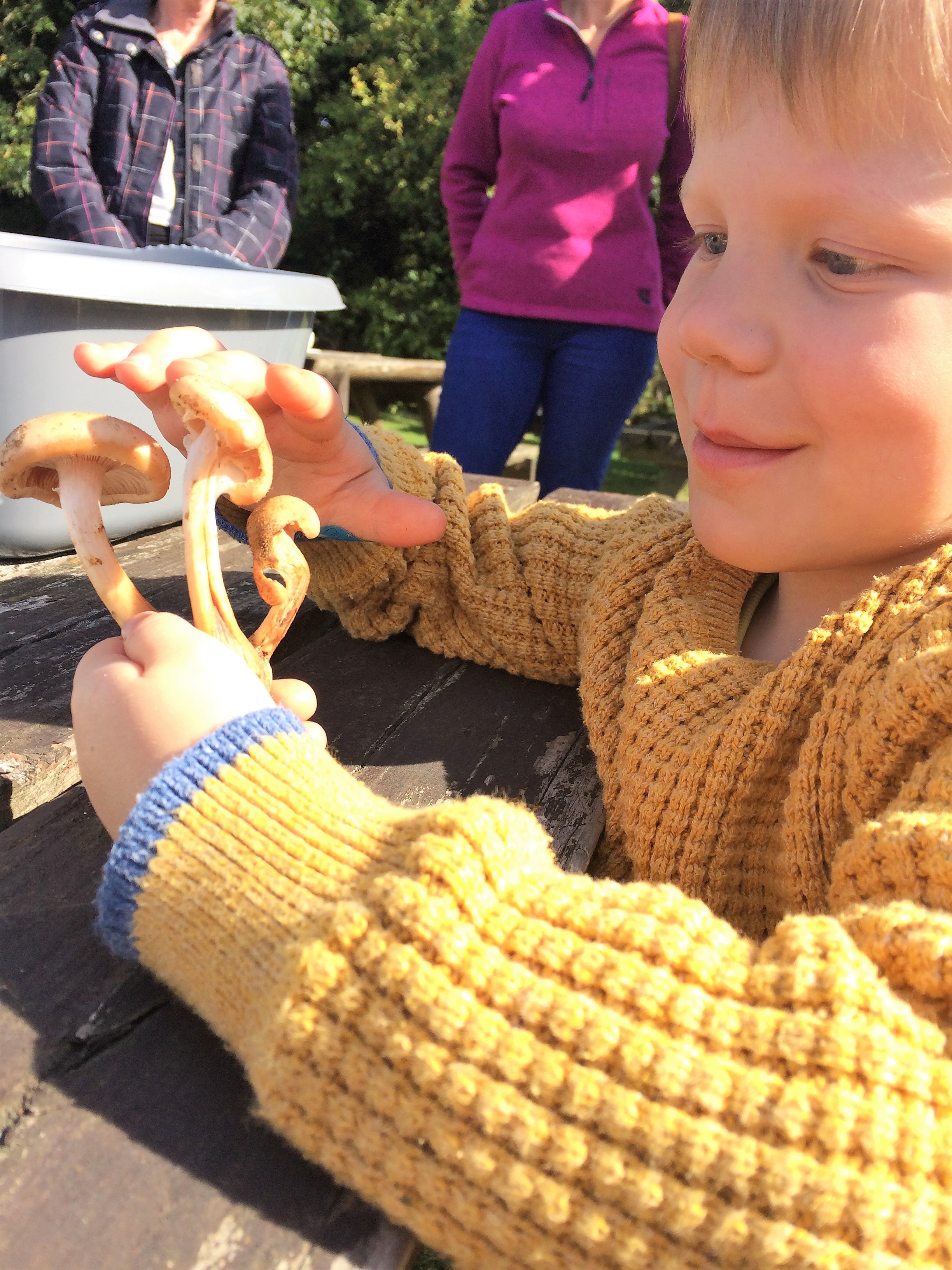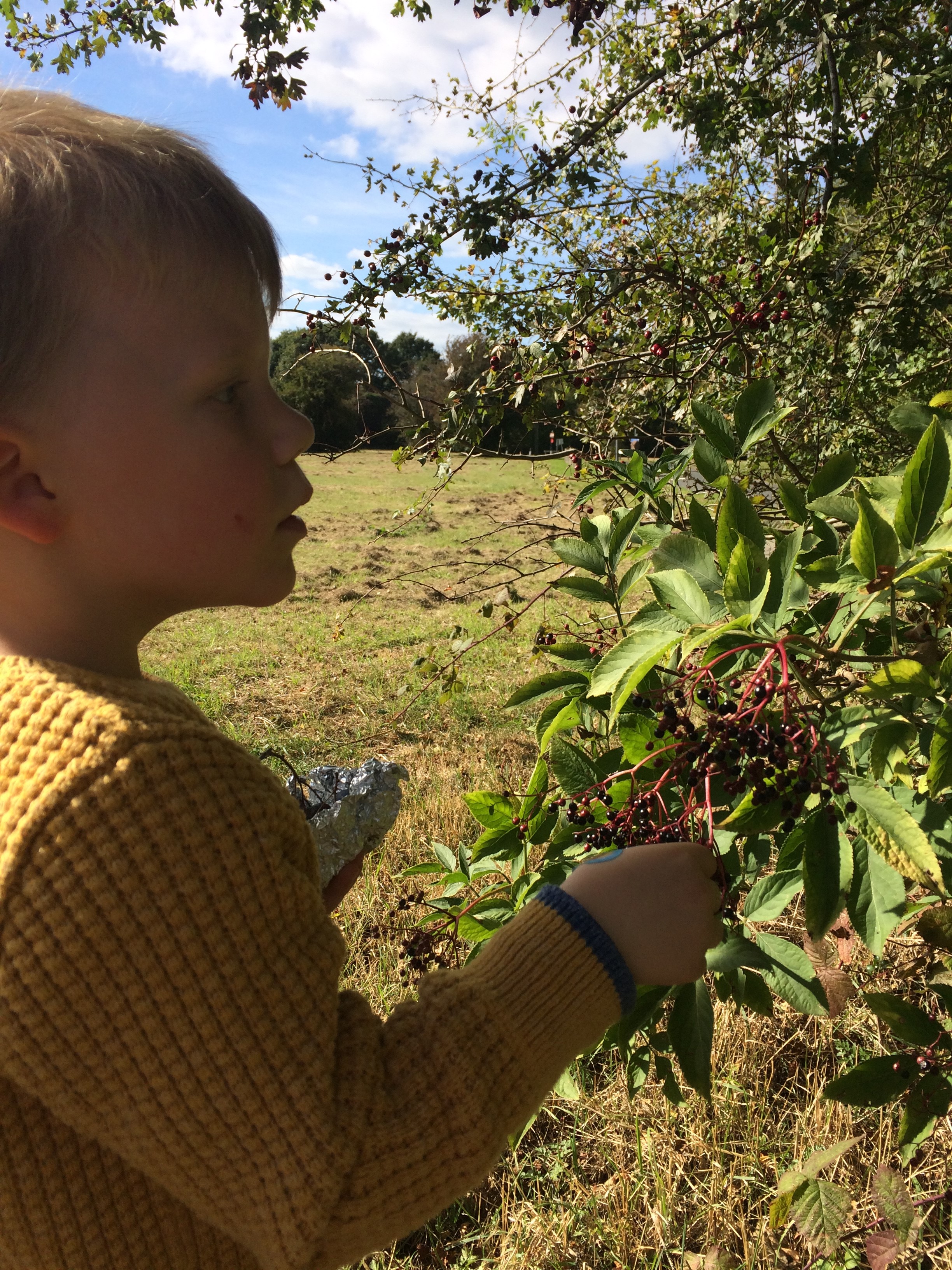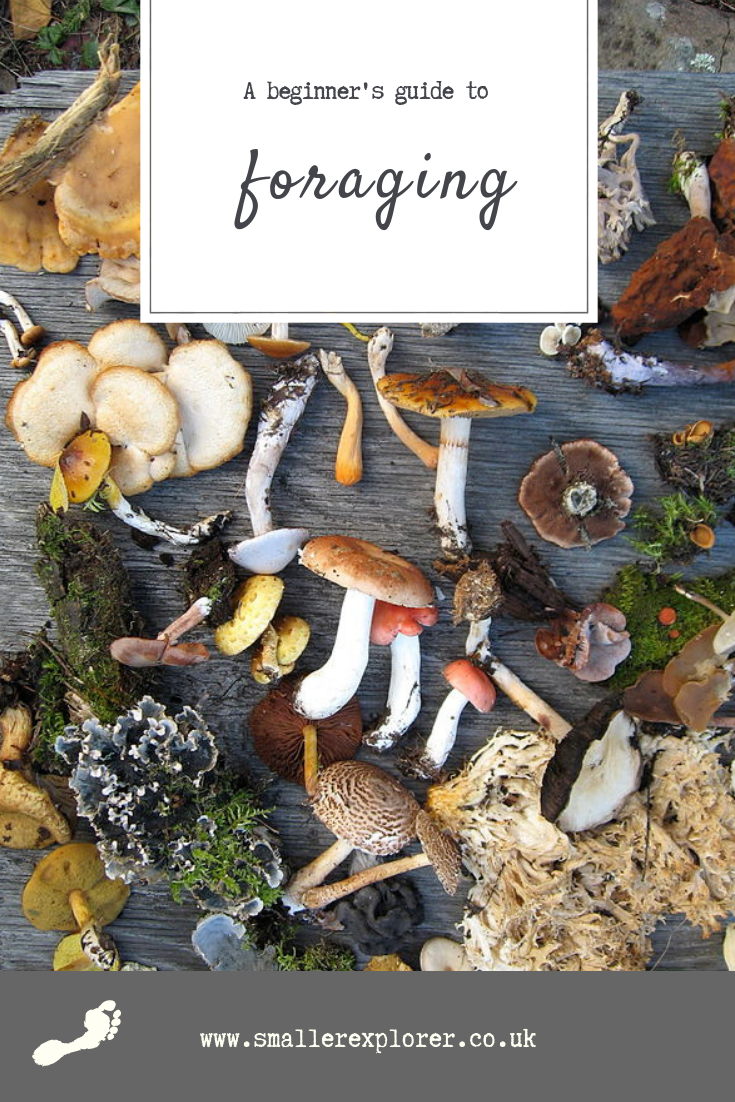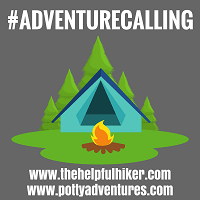Foraging is a just a fancy word to describe searching for wild food. But if you don’t know what you are doing, going on a foraging course is the ideal way to learn about the wild foods that are safe to eat in the UK, and where to find them.
What does a foraging course involve?
I’ve wanted to go on a mushroom foraging course for years, and finally got round to it this year. Even better, I had my ‘little forager’ as our guide nicknamed my son, with me. The course was mostly about mushroom foraging, but also included lots of other wild foods to forage for. I was slightly concerned that he would get bored as it’s a half day course with a two hour foraging walk, but I shouldn’t have worried. He was fascinated.
An in-depth talk
The course started with an hour talk about the different type of mushrooms found in the UK, including ones you definitely shouldn’t eat (bye bye life) and ones that you definitely should. Our course tutor had brought examples of each of the mushrooms round to show us, and we were all intrigued to look and prod at them close up, my son especially. I always thought you shouldn’t touch mushrooms, but they are only dangerous if you eat them, so we happily prodded some super terrible examples including the Death Cap and the Destroying Angel (fab names, no?). The proper name for the cartoon toadstool we’re all familiar with is the fly agaric, and yes it’s poisonous so best left for photos. Very very pretty though.

Looking at all the different mushrooms – safe and not so safe…
A walk in the meadow and woods
Then, the exciting bit – the quest to forage for mushrooms and other wild food.
Unfortunately because this year has been exceptionally dry, it meant there wasn’t as many mushrooms about for us to find (they love damp, cool conditions) but we still managed to find quite a few. My son was actually really good at spotting them as he was much lower to the ground. His favourite were the puffballs as they can do what their name implies. Other mushrooms we came across were the common earthball, bay bolete, wood ears, artist’s fungus and fibre caps.
Our guide so so knowledgeable and told us about so many other wild foods on our way too – edible and poisonous. We tried hawthorn leaves (yes! good in salads. Don’t taste of much but good for bulking up meals), elderberries and wood sorrel (delicious – looks like clover, but tastes lemony) and also found sloe berries. Blackberries would have been out too last month. All these within half a mile walk in grassland and woods.
My son, in his avid collector’s state was also picking up various weeds and leaves, and our guide identified one of the leaves as Hemlock – one of the deadliest plants known to humans. This completely floored me. The leaves look like parsley, or the top of carrots. I find it incredible that in the UK we have no deadly poisonous creatures, yet some wildly terrifying plants that could kill us. Did you know that eating deadly mushrooms will cause a slow painful death as the toxins break down your internal organs, and there is no known cure? I mean how scary is that?!
I think the only mushrooms I’d feel safe picking now would be the chanterelles as they are so distinctive, and there isn’t really another type to get confused with. But I’ll definitely be picking some hawthorns, sloes and elderberries on my walks now, and keeping a look out for wood sorrel too. Plus the old favourites – blackberries, chestnuts and beech nuts.
Our guide gave us some delicious mushroom soup and elderflower champagne to try on our way round, and some wild food recipes too such as hawthorn ketchup and mushroom pate, which I’d love to have a go at (though I’ve still got a load of blackberries in the freezer which I haven’t got round to doing anything with so….)

Finding elderflower berries
Are there any foraging rules?
The rules are common sense really (though they obviously aren’t being followed in some places!). Foraging has become really popular lately. So much so that it has been banned in places near London such as Epping Forest, where too many wild plants were being taken.
Don’t pick everything.
Only pick from public lands or if you have permission from the landholder.
Don’t damage habitats.
You can pick from the four fs which are fruit, flowers, foliage and fungi. Don’t dig up flowers by the roots though. It’s illegal to do this!
Only pick enough for yourself, not an army of eaters, or for profit.
What else can I forage for?
You can forage for wild food throughout the year. This basic list contain some of the main foods that are readily available in the UK. The Woodland Trust actively encourages foraging and has produced some great pages on what each food looks like.
January – Nettles, sorrel, wild chervil, chickweed, beech nuts, chestnuts, rowan berries, rosehips
February – Nettles, mushrooms, wild garlic, chickweed
March/April – Wild garlic, chickweed, garlic mustard
May – Lime, sorrel, chickweed
June – Honeysuckle, elderflower, pineapple weed
July – Bilberries, wild strawberries
August – Blackberries, elderberries
September – Blackberries, elderberries, hawthorn berries, rosehip, sloe
October – Mushrooms, hazelnuts, damsons, crab apples, rowan berries, beech nuts, hawthorn
November – Mushrooms, chestnuts
December – Marsh samphire, sea beet, chestnuts
Why you should do a foraging course
There’s no real need to do a foraging course unless you are interested in picking foods that could be dangerous to you aka mushrooms. However, I also just wanted to get out in the countryside and do something a bit different with my son. It also helps that he LOVES collecting flotsam and jetsam (anyone else?) My pockets are always filled with pine cones, acorns, shells, feathers etc from trips out, so I thought he’d enjoy it.
From a selfish point of view, I’m fascinated by what there is to eat on our doorstep that I don’t even know about. I think it’s a real shame that we have lost this sense of fending for ourselves and knowing what we can safely eat and what we can’t. I thought it would be really interesting for me to find out more about my local environment too.
Go try it out – foraging is a fun mini adventure on your doorstep, can be done at any time of year, and hopefully your kids will love it too.




4 comments
Oh, I’d love to do this but unfortunately missed the boat this year as the course I had looked up was already booked out – sounds like a fab day! #adventurecalling
Now this is something that I’d love to really get into. We wild camp pretty often so I’d love to make it one of the things we’re able to do with the kids on these times when we’re trying to re-wild ourselves so to speak. Thanks for joining us on #adventurecalling. We’ll back open for new posts tomorrow morning.
I would love to be able to forage properly. I’ve gone mushroom picking before-but I only know one type! It sounds like a great way to spend time together as a family outdoors-I know my son would love looking for and collecting things. I love your tips, great advice for people like me. Thank for joining us #AdventureCalling
[…] We started off in the heathland, looking around for beetles, bugs and butterflies. We found quite a few centipedes (I think), some very pretty clover and gorse, now in bloom. When we visited Headley Heath two weeks ago it wasn’t in flower. We also found a very large mushroom. I’m no expert and even after searching online at home I have no idea if it is poisonous or not (even though F and I have been wild food foraging). […]